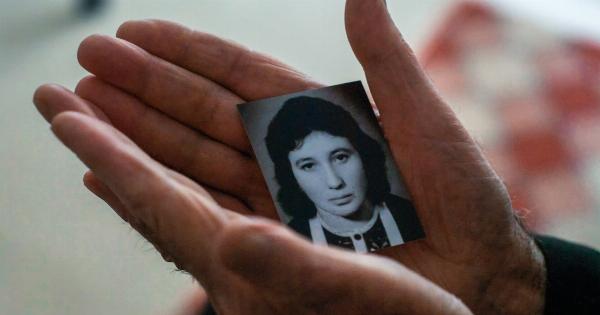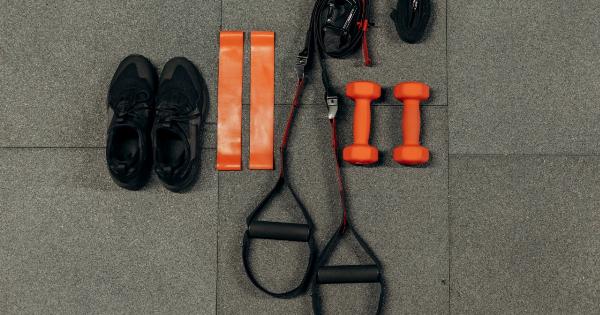Osteoporosis is a common bone disease that affects millions of people all over the world. It is characterized by a decrease in bone density and strength, leading to an increased risk of fractures.
In this article, we will discuss everything you need to know about osteoporosis, including its causes, symptoms, diagnosis, treatment options, and prevention strategies.
What is Osteoporosis?
Osteoporosis is a condition that affects the bones, making them weak and more likely to break. It occurs when the body loses too much bone, makes too little bone, or both.
As a result, bones become fragile and can easily fracture or break even from a minor fall, sneeze, or even a sudden movement.
Osteoporosis is often referred to as a “silent disease” because it develops slowly over time and does not present any symptoms in the early stages.
Many individuals are unaware that they have osteoporosis until they experience a fracture or break a bone.
Causes of Osteoporosis
Several factors can contribute to the development of osteoporosis. Some of the common causes include:.
1. Age: As we age, our bones naturally become thinner and weaker, increasing the risk of developing osteoporosis.
2. Gender: Women are at higher risk of developing osteoporosis compared to men. This is because women tend to have smaller, lighter bones than men, and they also experience a rapid decline in estrogen levels during menopause, which accelerates bone loss.
3. Hormonal changes: Hormonal imbalances, such as low levels of estrogen in women and low levels of testosterone in men, can contribute to the development of osteoporosis.
4. Lifestyle factors: Sedentary lifestyle, lack of exercise or physical activity, excessive alcohol consumption, smoking, and a diet low in calcium and vitamin D can increase the risk of osteoporosis.
Symptoms of Osteoporosis
In the early stages, osteoporosis does not present any noticeable symptoms. However, as the disease progresses, the following symptoms may be experienced:.
1. Back pain, caused by collapsed or fractured vertebrae.
2. Loss of height over time, as the bones in the spine become compressed.
3. Stooped posture or hunched back, also known as a “dowager’s hump.”.
4. Easy fracturing or breaking of bones, even with minimal impact or pressure.
Diagnosing Osteoporosis
Early detection and diagnosis of osteoporosis are key to preventing complications and managing the condition effectively. The most common method for diagnosing osteoporosis is a bone mineral density (BMD) test.
The BMD test, also known as a dual energy x-ray absorptiometry (DXA) scan, measures the density of minerals, such as calcium, in your bones.
The results of this test are compared to the average bone density of a young, healthy adult of the same sex to determine if you have osteoporosis or osteopenia (low bone density but not as severe as osteoporosis).
Your doctor may also order additional tests, such as blood tests, to analyze your hormone levels and rule out other medical conditions that can affect bone health.
Treatment Options for Osteoporosis
While osteoporosis cannot be completely cured, there are several treatment options available to manage the condition and reduce the risk of fractures.
1. Medications: Your doctor may prescribe medications such as bisphosphonates, hormone therapy, or selective estrogen receptor modulators (SERMs) to slow down bone loss, increase bone density, and reduce the risk of fractures.
2. Calcium and Vitamin D supplements: Adequate intake of calcium and vitamin D is essential for maintaining strong and healthy bones. Your doctor may recommend supplementation if you are not getting enough through your diet alone.
3. Lifestyle modifications: Regular weight-bearing exercises, such as walking, jogging, or dancing, can help improve bone density and strength.
Quitting smoking, limiting alcohol consumption, and following a balanced diet rich in calcium and vitamin D are also important lifestyle modifications.
4. Fall prevention strategies: Taking steps to prevent falls is crucial, as individuals with osteoporosis are at a higher risk of fractures from even mild falls.
This includes removing hazards in the home, using assistive devices like handrails and grab bars, and practicing balance exercises.
Preventing Osteoporosis
Preventing osteoporosis is always better than treating it. Here are a few strategies that can help reduce the risk of developing osteoporosis:.
1. Consume a calcium-rich diet: Include dairy products, leafy green vegetables, fortified cereals, and other calcium-rich foods in your diet to promote healthy bones.
2. Get enough vitamin D: Spend time outdoors to get natural vitamin D from sunlight or consider taking a vitamin D supplement if recommended by your healthcare provider.
3. Engage in weight-bearing exercises: Regular weight-bearing exercises, such as running, jumping rope, or weightlifting, stimulate bone growth and increase bone density.
4. Avoid smoking and limit alcohol consumption: Smoking and excessive alcohol consumption can weaken bones and increase the risk of osteoporosis.
5. Regular check-ups: Regular visits to your healthcare provider can help detect osteoporosis or any other underlying bone conditions early on.
Conclusion
Osteoporosis is a common yet often undiagnosed disease that can significantly impact a person’s quality of life. It is crucial to understand its causes, symptoms, and treatment options to manage the condition effectively.
By making lifestyle modifications, getting regular check-ups, and following preventive measures, we can reduce the risk of developing osteoporosis and maintain healthy bone health throughout our lives.






























